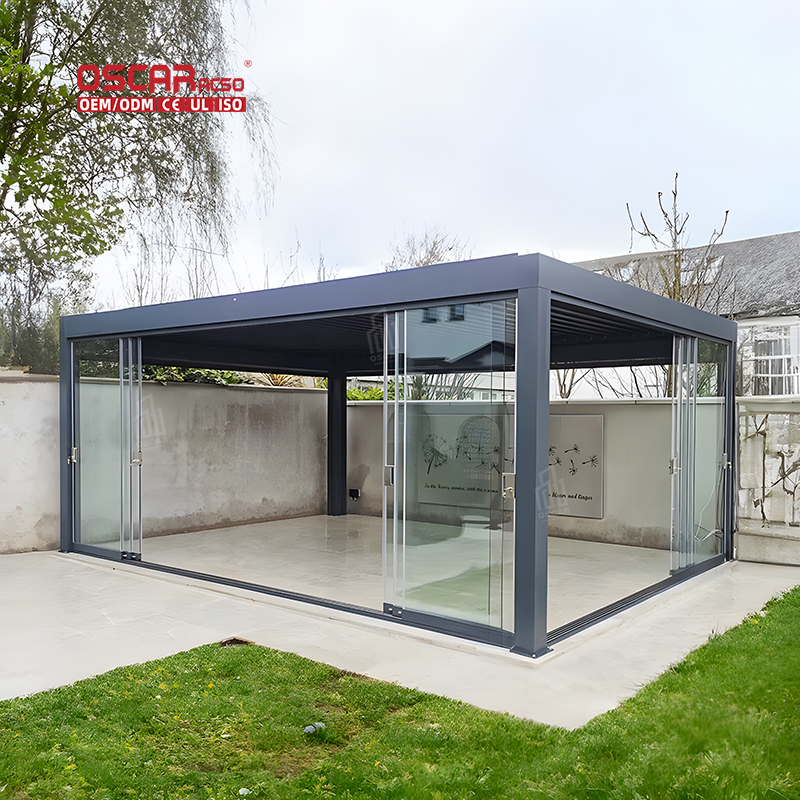Pergola Wood Selection, Unlocking Nature\’s Best for Your Outdoor Oasis
Choosing the perfect wood for your pergola isn’t just about aesthetics—it’s about crafting a lasting outdoor retreat tha...
Choosing the perfect wood for your pergola isn’t just about aesthetics—it’s about crafting a lasting outdoor retreat that stands up to sun, rain, and time. With so many options, how do you decide? Let’s explore the best woods for your project and what makes each unique. 🌳
.jpg)
Cedar: The Aromatic Guardian
Cedar is a top choice for pergolas, and for good reason. Its natural oils provide inherent resistance to decay, rot, and insects, making it incredibly durable for outdoor use. The wood’s warm reddish-brown hue and lightweight nature make it easy to work with, while its distinct aroma adds a sensory delight to your space. Over time, cedar gracefully ages to a silvery gray if left untreated, adding a rustic charm. Regular sealing can help maintain its original color and extend its lifespan to decades. It’s an excellent option for those in areas with high humidity or extreme weather fluctuations.
Redwood: The Luxury Classic
If you’re seeking a blend of elegance and resilience, redwood is a premium pick. Known for its rich, deep red tones and straight grain, redwood is both lightweight and strong. Like cedar, it contains natural oils that fend off moisture, insects, and decay. However, redwood often comes with a higher price tag and may require more conscientious sourcing due to sustainability concerns. It’s ideal for humid climates and can last 20-40 years with proper care, including annual sealing to preserve its vibrant appearance.
.jpg)
Pressure-Treated Pine: The Budget-Friendly Workhorse
For those watching their wallets, pressure-treated pine offers an affordable yet durable solution. Through a chemical treatment process, this wood gains resistance to rot, moisture, and pests. While it may not have the innate beauty of cedar or redwood, it accepts stains and paints well, allowing for customization. Keep in mind that it requires regular maintenance, including resealing every few years, to prevent warping or splitting. It’s a practical choice for dry climates and DIY enthusiasts.
Tropical Hardwoods: The Exotic Powerhouses
For unparalleled durability and a touch of luxury, tropical hardwoods like teak and ipe are in a league of their own. These woods are incredibly dense, resisting scratches, insects, and even fire. Ipe, for instance, can last 25-75 years! Teak’s high oil content makes it naturally weather-resistant, though it requires periodic oiling to maintain its golden-brown hue. The downsides? Higher cost, potential sustainability issues, and the need for specialized tools during installation due to their density.
Factors to Consider When Choosing Your Wood
- •
Climate Matters: Woods like cedar and teak excel in humid regions, while pressure-treated pine may suffice in drier areas.
- •
Budget Constraints: Pine is kind to your wallet, while redwood and tropical hardwoods are investment pieces.

- •
Maintenance Commitment: Cedar and redwood require less upkeep, whereas pine and teak need more frequent attention.
- •
Aesthetic Preferences: Whether you prefer the rustic vibe of cedar or the uniform elegance of ipe, your choice should complement your outdoor design.
Why Wood Choice Impacts Longevity
Did you know that with minimal care, a wood pergola might last only about five years? But with annual cleaning, staining, and sealing, its lifespan can extend to 10-12 years—or even over 20 years for woods like cedar or ipe. The right wood not only resists the elements but also reduces long-term maintenance costs.
Personal Insight: Sustainability Should Be Key
While exotic woods like ipe are durable, their sourcing can raise environmental red flags. I always recommend looking for FSC-certified woods or considering alternatives like bamboo or reclaimed lumber. These options not only reduce ecological impact but also add unique character to your pergola.
Maintenance Tips for Your Wood Pergola
No matter which wood you choose, upkeep is crucial. Here’s a quick guide:
- •
Clean annually with mild soap and water to remove dirt and debris.

- •
Inspect for damage like cracks or rot, and address issues promptly.
- •
Seal or stain every 3-5 years to protect against UV rays and moisture.
- •
Trim nearby vegetation to prevent debris accumulation and moisture retention.
Conclusion: Crafting Your Perfect Outdoor Escape
Your pergola should be a reflection of your style and a testament to smart planning. Whether you opt for the affordability of pine, the classic appeal of cedar, or the luxury of teak, each wood brings its own set of strengths and considerations. Remember, the best choice balances beauty, durability, and your willingness to maintain it. So, take your time, weigh your options, and soon you’ll be enjoying a shaded retreat that enhances your home for decades. 🌿


